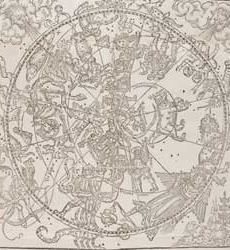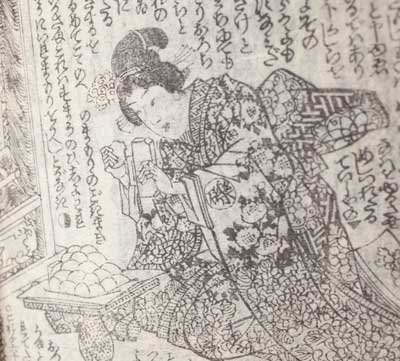
The Power of Printing

Close up of the 'Feast Day of St John' , an illuminated manuscript from the UC Rare Books Collection, Bib# 1338090
We know from archaeological finds that many ancient cultures had the power to print. The Phaistos Disc from Crete, which probably dates to the 17th century BC, was created by pressing symbols into clay, in the same way we now use moveable type.
However, it was not until after the invention of paper that the idea of printing really caught on. Paper was first created prior to 105 AD in China, when the process of making it was carefully documented by the court of the Han Emperor Wu Di. Early paper was made from mixture of tree bark and rags.
Initially, carved seal stones were used to make impressions on paper. This then led to the development of wood-block printing in China during either the Sui Dynasty (581–818 AD) or the Tang Dynasty (618-907 AD). Many early prints of this time are Buddhist writings prepared by monks. One of the earliest surviving prints is the Diamond Sutra of 868 AD, found in Dunhuang.
Eventually the knowledge of how to make paper made its way to Europe. In the 15th century there was an increasing need for more people to be able to read, but making copies of texts by hand was slow and laborious. What was needed was a quick and reliable method to replicate writing. Wood-block printing using moveable type developed in 15th and 16th centuries, and improved rapidly. This culminated in the invention of a printing press that used metal type by Johannes Gutenberg in Germany in 1455 AD.
From that time onwards, the art of printing evolved quickly, leading to the development of standardized types and fonts. Printing also led to changes in language and writing styles, as printers began publishing for the general public. The power of mechanized printing is that it makes it possible for many people to read the exact same piece of writing at the same time. Today, computers and cell phones are once again revolutionizing the way we write and communicate.

An astronomical chart from an edition of The Phaenomena by Aratus of Soli. Logie Collection Acc# 214.13.2



